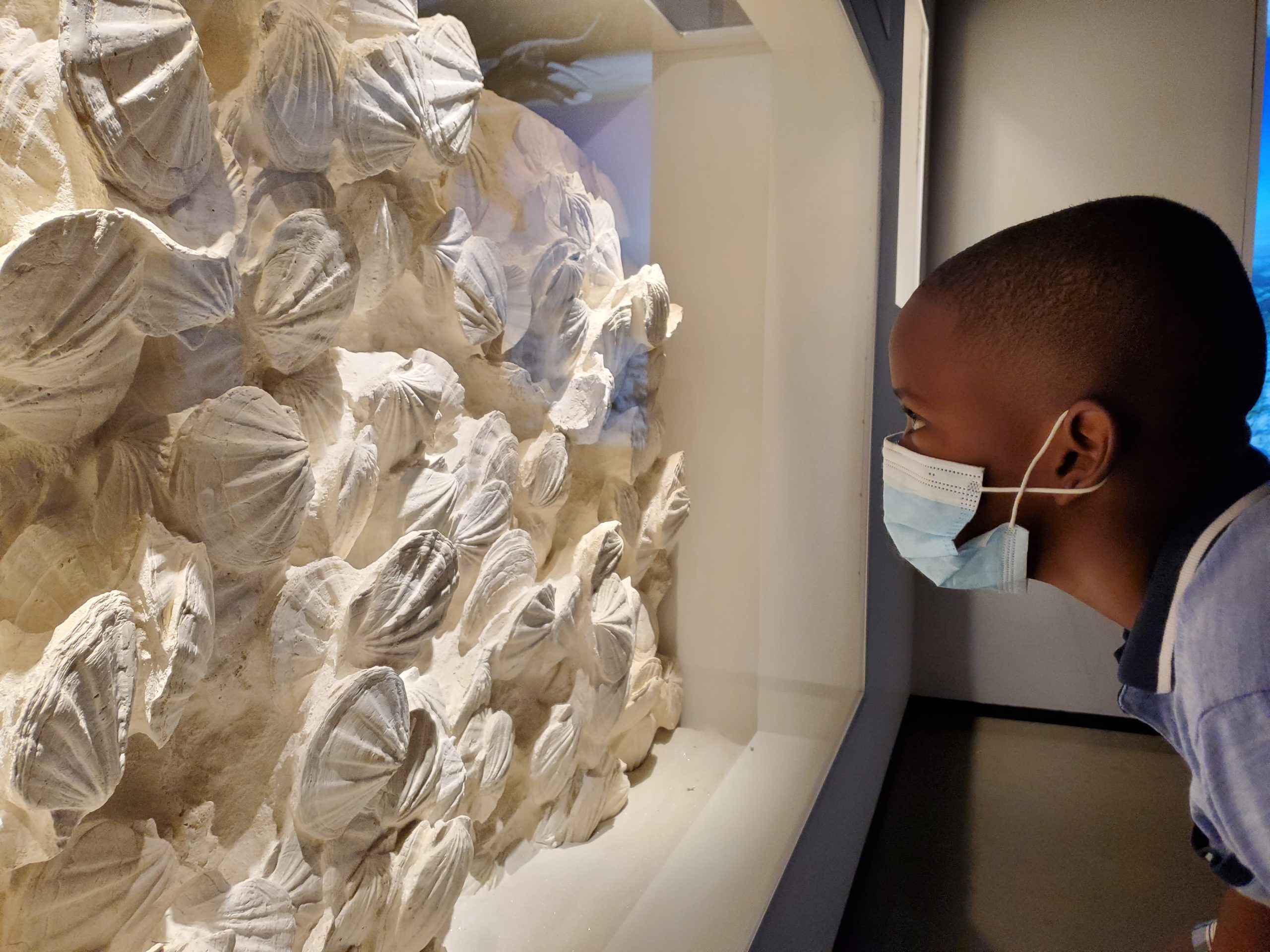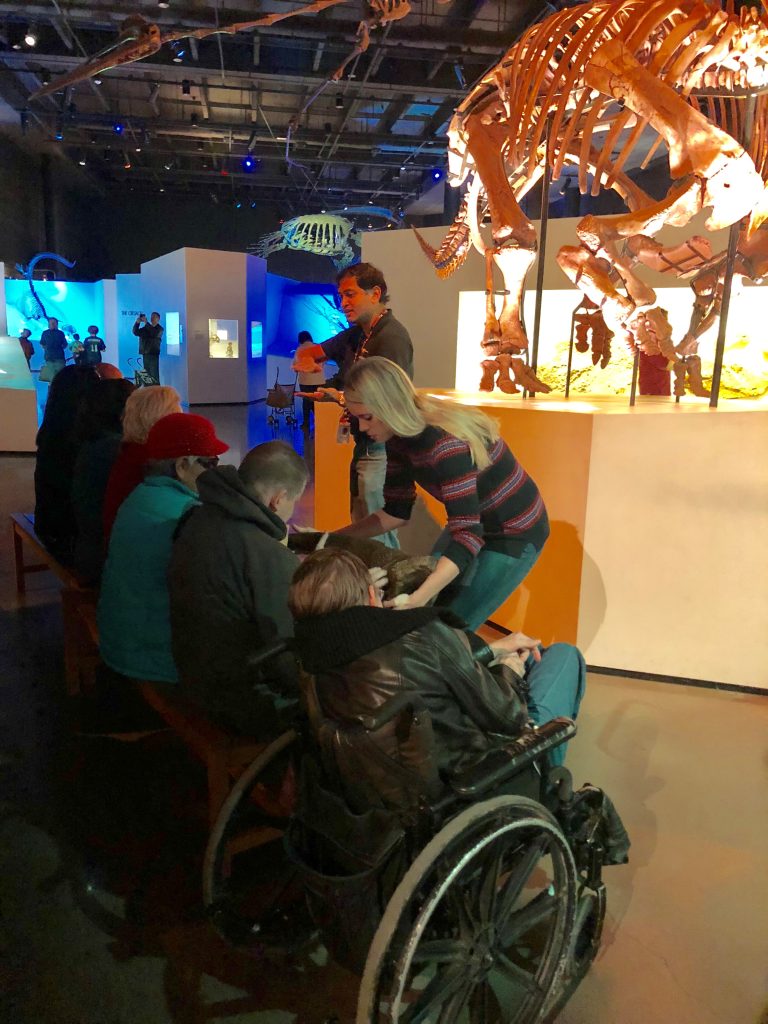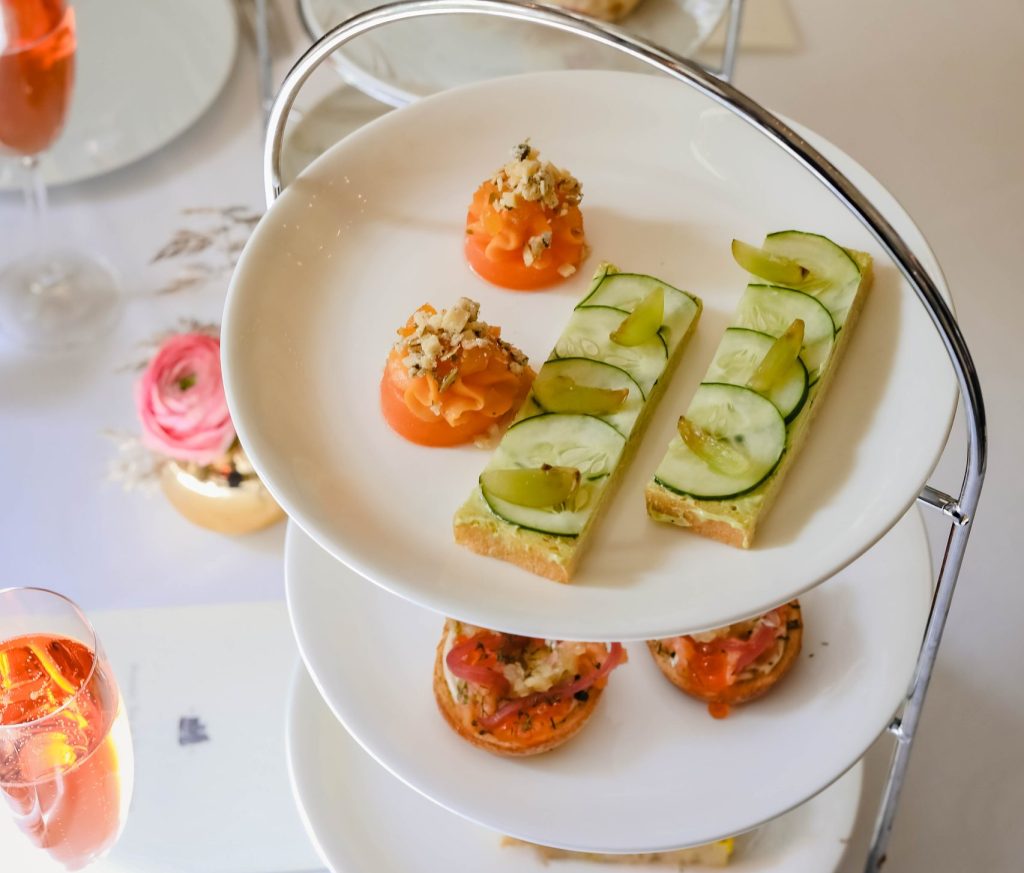
At the Houston Museum of Natural Science, kids with autism and other groups can get special tours for a more enriching experience. Photo courtesy Houston Museum of Natural Science.
Vincent Van Gogh would be thrilled.
Imagine glimpsing a painting’s true colors for the first time, just as the artist intended them. By offering a special type of eyeglasses, art museums are helping the colorblind to experience this opportunity, some for the very first time.
Even in an era of tight budgets and scarce resources, museums around the state are offering innovations like this to make visits more fulfilling for people with disabilities, which number around 3.3 million in Texas, according to a 2019 study by the Texas Workforce Investment Council. Organizations are exploring new ways to provide outreach to the still-underserved disabled community, quite a change from where we all were a little over 30 years ago.
We now take for granted the groundbreaking 1990 Americans with Disabilities Act, which prohibited discrimination against individuals with disabilities in a wide segment of both public and private life. Helpful adjustments such as ramps, updated restrooms, and other installations are now expected by museum visitors. While improvements have been made to accommodate people with disabilities, museums know that more can be done.
Outreach to patrons can be as straightforward as Belton’s Bell County Museum “Sensory Friendly Mornings” which designates portions of one Saturday morning each spring and fall specifically for autistic guests and their caregivers. The museum is opened only for them during that time. They participate in specialized activities, and the lights are lower and the sounds are softer, so as not to overwhelm. “Everyone who comes is excited to have the experience, both for themselves or the one they’re caring for, and everyone leaves with a smile,” says Katye Ricketts, the museum’s education coordinator.

A group participates in the Houston Museum of Natural Science’s Paleo Touch Tour. Photo courtesy Houston Museum of Natural Science.
At larger museums, such as the Houston Museum of Natural Science, autistic visitors and their caregivers can download a helpful app to use before, during, and after their visit. Staff is trained to provide an enriching experience for them, and the museum offers sensory backpacks containing stuffed animals, earplugs, and sunglasses. Assisted-learning devices and a closed-captioned theater viewing system are also available. To make the disabled visitor’s experience more meaningful, the museum encourages guests to complete an online accommodation request form two weeks in advance, if possible.
At the Nasher Sculpture Center in Dallas, focus groups representing members of the disabled community help guide the organization so activities are relevant and impactful for participants. Museum guests, with staff supervision, enjoy touching designated sculptures and replicas of 3D-printed works, listening to sound installations, or creating their own artwork.
According to Lynda Wilbur, manager of access and outreach, the center also has created partnerships with several nonprofit organizations including Envision Dallas, formerly Dallas Lighthouse for the Blind. Blake Lindsay, an Envision Dallas employee and Nasher volunteer, narrates audio tracks describing the museum’s sculptures. In addition, Texas Women’s University’s occupational therapy students have designed online activities specifically for these individuals. Wilbur says of the outreach to these special guests, “We want them to fall in love with art as much as we [the staff] do.”
And those special glasses offered to help colorblind guests? Southern Methodist University’s Meadows Museum, in partnership with eyeglass manufacturer EnChroma Company, is the first art museum in Texas to offer this aid to visitors. The glasses, funded through an anonymous grant, are already impacting patrons. Najah Hage, Meadows’ box office supervisor, shares the experience recently of a young man who saw the true color of green for the first time and how emotionally moved and thankful he was for the opportunity. And speaking for all museums, Anne Kindseth, director of education at the Meadows, adds, “I’d encourage [visitors] to reach out to any of us because we want to make sure everyone feels welcome, and feels like this is the space for them.”
If only troubled artists like Van Gogh could have heard those words. Museums are getting the message, and they’re providing more enjoyment, learning, and access for everyone.
For more information on programs and events for disabled guests and their caregivers, check the museum’s website and search for a “Visit”-related link. Or, call them directly. They are happy to provide additional details related to outreach for this special community.








